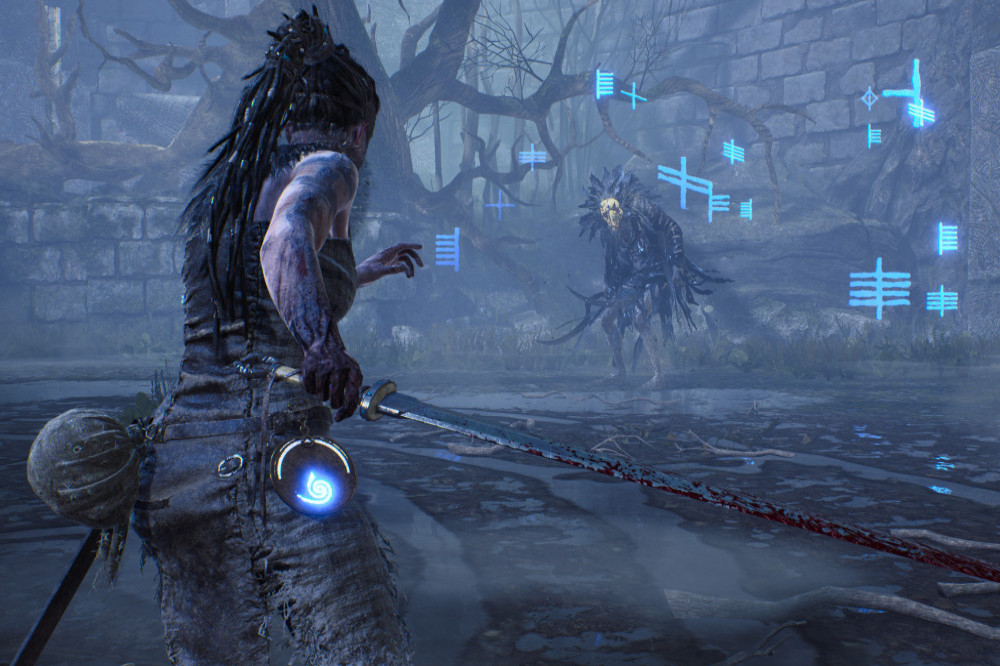Developers of 'Hellblade 2' switched to Nanite to save costs.

Developers of Hellblade 2 switched to Nanite to save costs
The makes of the action-adventure game recently made the decision to create their new game with Unreal Engine's virtualized geometry system - which uses an internal mesh format and rendering technology to render pixel scale detail and high object counts and art director Dan Atwell explained that it was "more expensive" to use any other form of system.
He told Eurogamer: "Moving to Nanite from a static mesh point of view, it's all or nothing. It's more expensive to have a non-Nanite mesh, so we had to go all in. In terms of how it changed our pipeline, you remove a big chunk of processing time because you're effectively taking the raw data, because we moved over to doing as much photogrammetry as possible as well. So first of all, you're removing the chunk of the pipeline where you're making stuff by hand and then you're having to reduce it down and bake it and then get it in-engine. So it is a big bit of that that's just gone.
He noted that the whole thing then becomes a "case of processing" and the change was the "biggest thing" in terms of the artwork of the game, which is set in ninth century Iceland.
He said: "So we upfront loads of stuff by going out and capturing things on location or in the studio, etc. And then it's a case of processing that and post-processing it in a lot of automated ways and then getting it straight in at its highest fidelity that we can. It then leaves you a lot more time to do things like set dressing and lighting, composition and all that kind of stuff. It was quite a bit of a change really. That was the biggest thing for us in terms of environment art."

